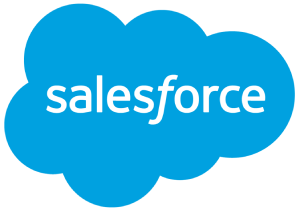





















Gain hands-on experience, access certifications, and receive ongoing training in IT migration and digital transformation.
Help businesses migrate and modernize their critical systems with zero downtime and seamless integration.
Work with clients across industries, from manufacturing to finance, and tackle real-world migration challenges.
Be part of a team that values knowledge sharing, teamwork, and innovation.
We offer flexible work arrangements and a positive, inclusive work environment that fosters growth and well-being.

US Real Estate
5.0 RATING

US Retail
5.0 RATING

UK
5.0 RATING
You have a detailed plan to move from your current status to the end of your migration. That plan includes dates and milestones along the way so you can monitor your progression. There are many steps to be taken. Data migration is among the first steps.
The new ERP must be populated with data and much of that will come from your legacy systems. There are several categories of data and each will use different techniques. Fixed data includes basics such as your tax identification number and your address. These often are simply typed into the appropriate cells. Fixed data also includes your customers’ and suppliers’ names and addresses and related information. Start by identifying where these data will reside in your new Enterprise. These residences will be fields within tables. Next, find the same data elements in your legacy system and prepare a map detailing that table 1 and data A in the new system will come from table 14 field 23 in the legacy system. Determine if any data must be converted such as a date might be in one format and must be transformed to a different format. There will be data validation rules in the new ERP that must be followed or temporarily removed during your data migration. These rules might require that one table must be populated ahead of another or perhaps the dates in one table must be earlier than the dates in another.
Document the data migration process and track the time required for each step. Your data migration will be done several times during your upcoming testing and again just at your final go-live date. Testing might alert you that some part of your initial data plan must be changed in some unanticipated way.
If you haven’t started yet, now is the time to communicate. This is not a management project. This is not an IT project. It is an enterprise project and everyone is involved whether they are a user or not. Let everyone know why the business is migrating to a new system and what the expectations for the business are. Ideally, there are benefits to all users but even those who get no new benefits will gain when the enterprise as a whole benefits. There will be greater profits for all to share, won’t there?
When will the project begin and when do you expect it to be completed? What kind of hardships might users encounter during the project? Who will be doing the work and who will fill in for them while they are working on the migration? Will any benefits begin to accrue before completion? What work will people see as the project moves forward? Who are the strangers (consultants) setting up shop already? What can individuals do to help? Who can one talk to if they do not understand or disagree with this new direction? Will anyone lose their job because of this change?
Your communications at this time are only the beginning. Make a pact with your employees now to keep good communications throughout the migration

Copyright © 2025 VNETIX